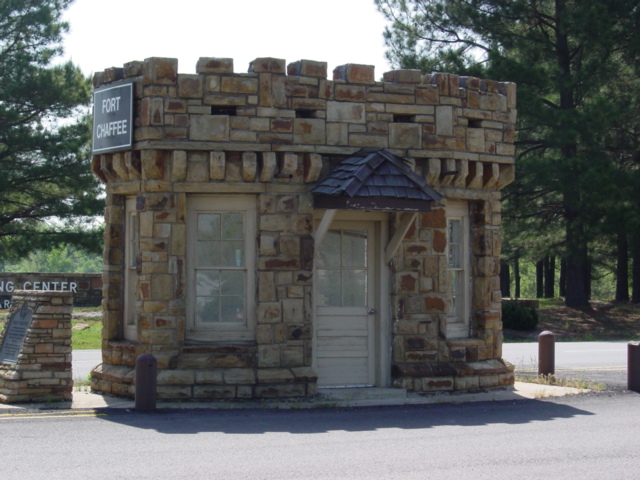
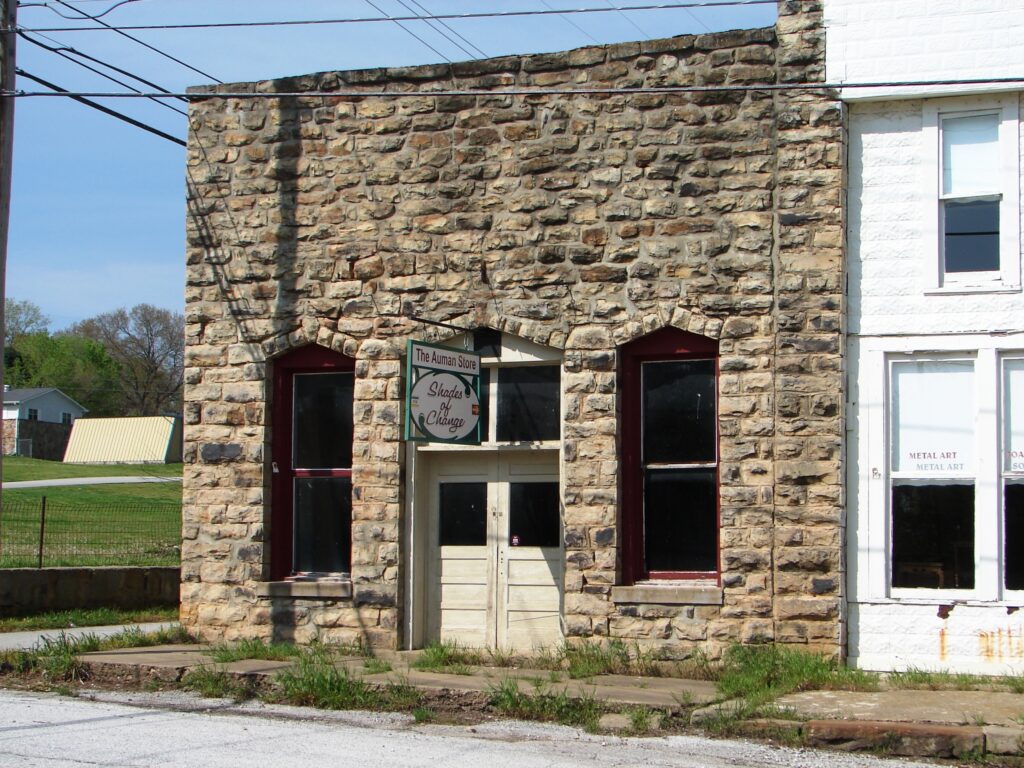
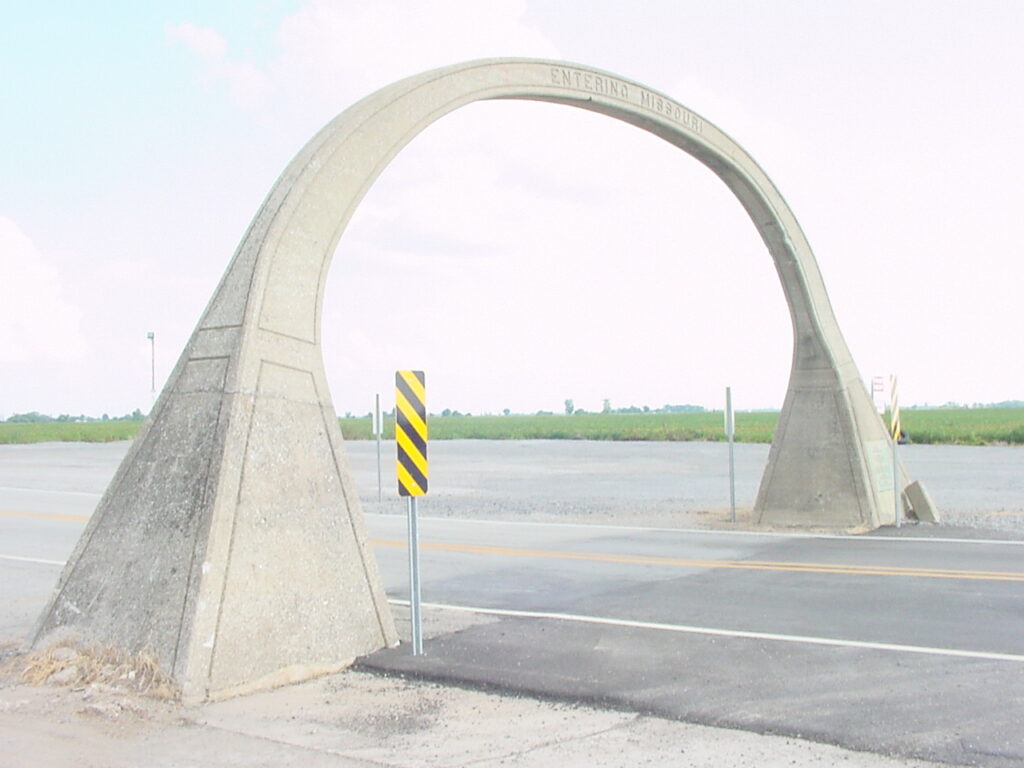
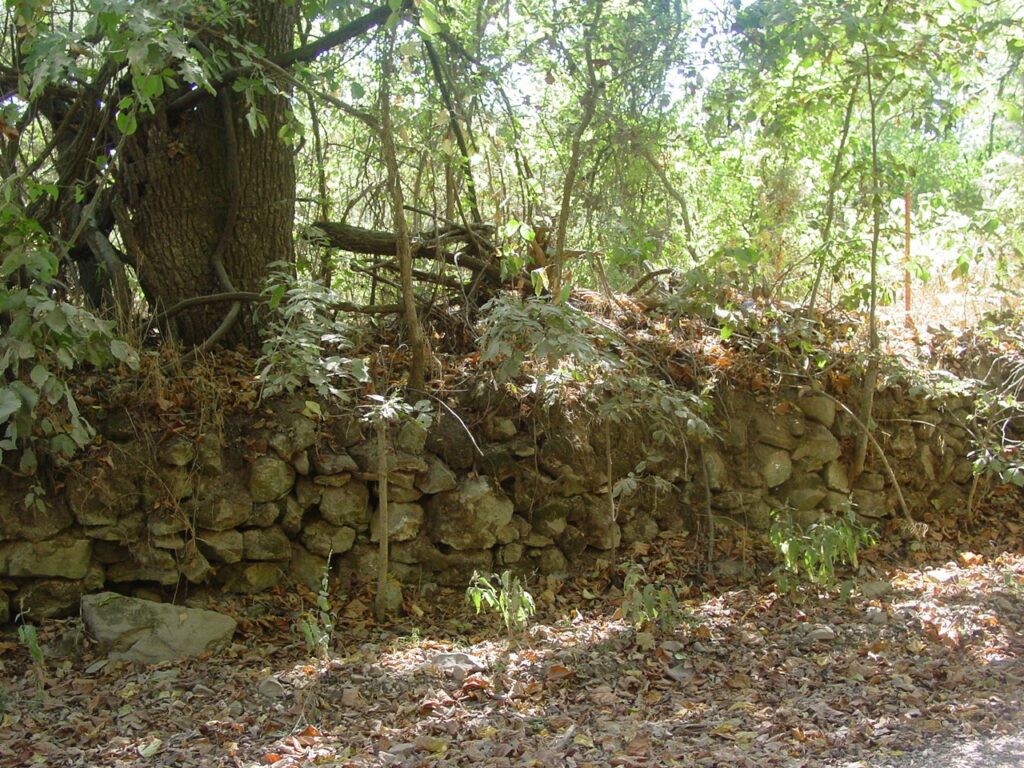
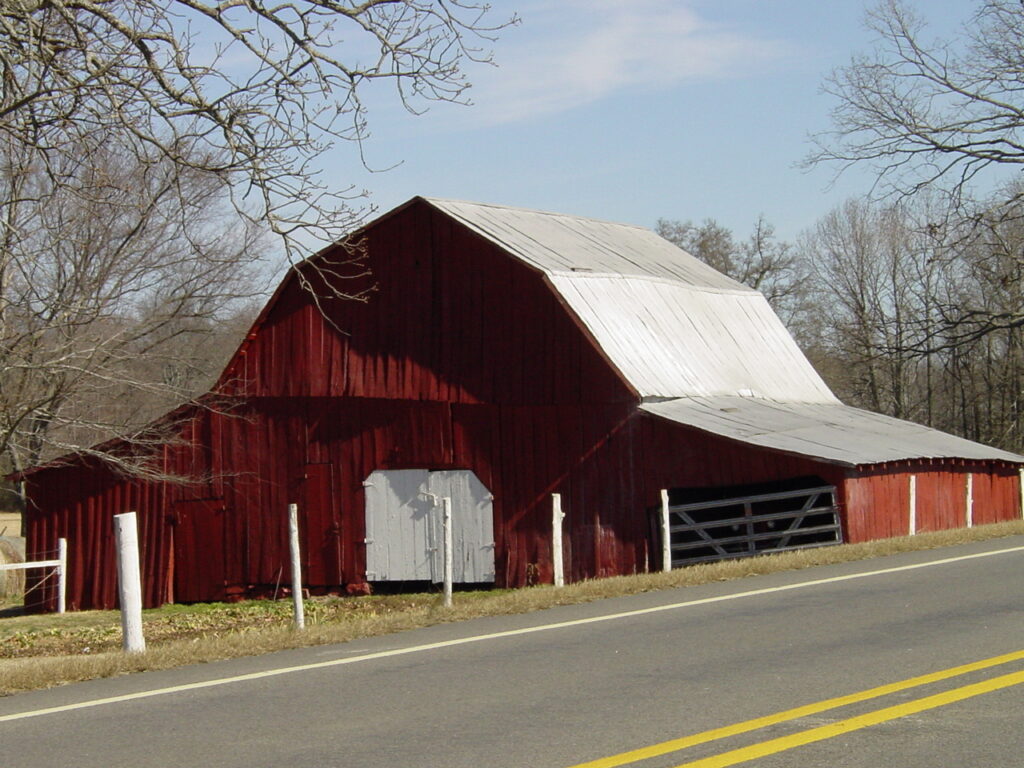
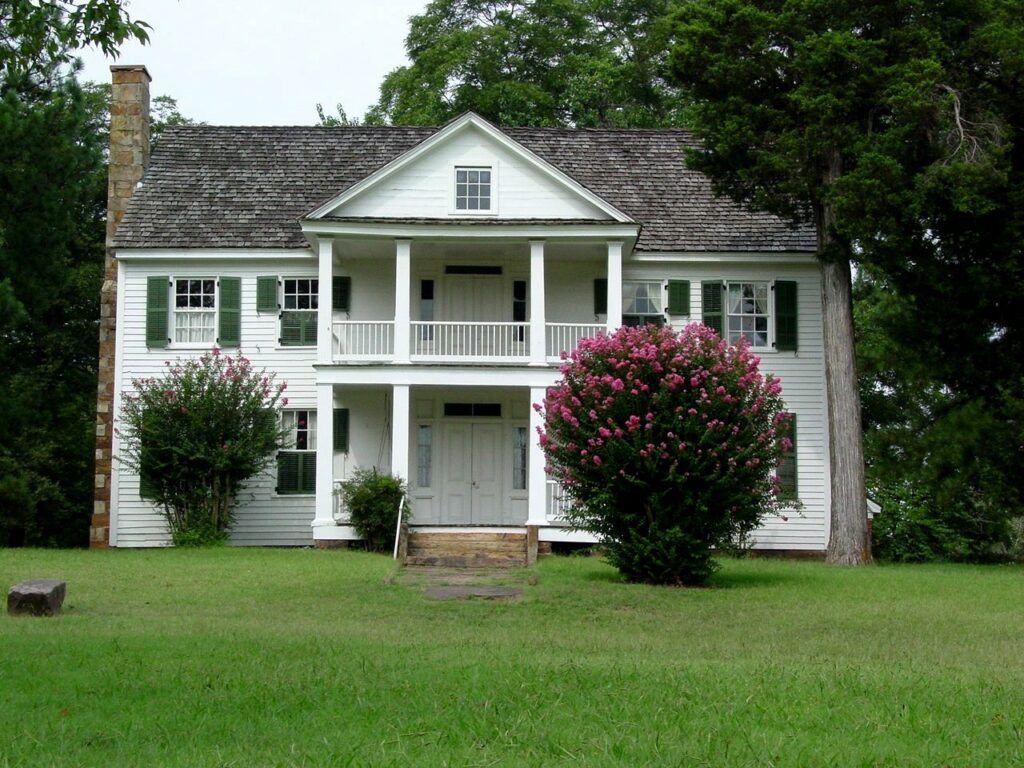
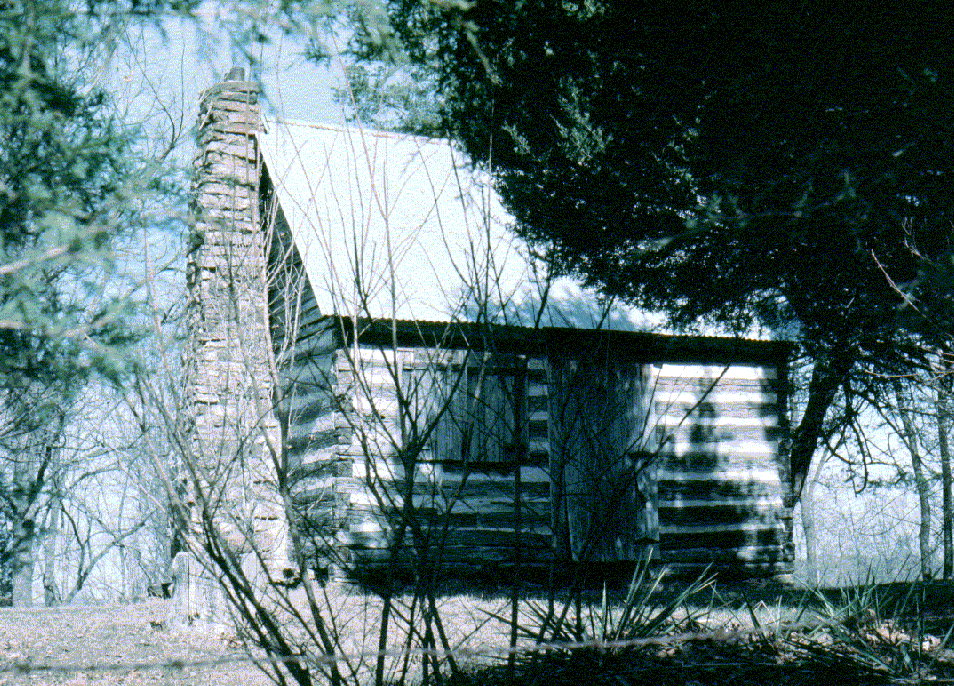
The Arkansas Department of Transportation, in conjunction with architectural historians at the Arkansas Historic Preservation Program, evaluates standing structures that are 50 years old or older that might be affected by highway projects. The most commonly occurring historic structures encountered on highway projects consist of houses but barns, privies, smokehouses, gas stations, rock walls, old wells, movie theaters, old stores, schools, and churches are also common. Each structure is photo-documented and evaluated according to a variety of criteria including architectural significance, integrity, age, and condition. By planning ahead, many potentially significant structures can be avoided. When structures are impacted, mitigation usually involves extensive photographic and architectural documentation.
Architectural Documentation
When historic structures cannot be avoided by a proposed highway project, structure documentation is often recommended as mitigation to minimize harm of a project’s effect and to assure that the structure is adequately recorded for posterity. Several different levels of structure documentation are used by ARDOT. Arkansas Architectural Resource forms are often used for certain types of structures. These forms generally contain a brief photographic record of the resource as well as plan maps, location information, and information on building materials, and construction dates. Other structures are more thoroughly documented according to the standards outlined by the Historic American Buildings Survey/Historic American Engineering Record (HABS/HAER) Program established by the National Park Service. HABS/HAER documentation consists of measured drawings, large-format photographs, and written history, and results in records sufficient to allow a detailed reconstruction of the resource. HABS/HAER documents are archived at the Library of Congress, where they are made available to the public.
